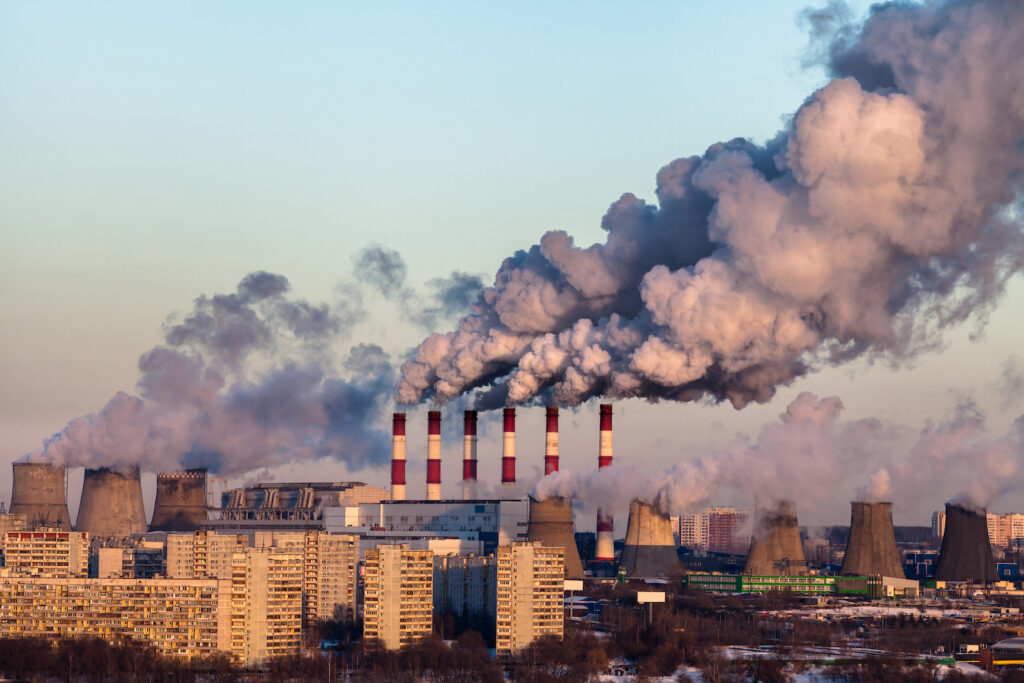Air pollution is a dreadful creation of environmental problems emerging from distribution of hazardous substances into the environment. It results from both natural and man-made sources. Examples are the significant portions from manufacturing and the production of chemical compounds that discharge volatile organic compounds and particulate matter. From the use of pesticides and fertilizers, from transportation emissions from vehicles, to wildfires, and volcanic eruptions, all are contributors.
RESPIRATORY PROBLEMS
Respiratory effects resulting from air pollution hit hard on individual health and general well-being. A person suffering from asthma, or bronchitis, commonly suffer from shortness of breath, constant coughing, and chest tightness—majorly affecting daily activities that result in shortened quality of life. These can contribute to increased hospitalizations and higher medical expenses. Children face the hazard of restricted lung development, which will cause long-term health problems, while the elderly carry an increased risk of severe complications and premature death. Furthermore, this increases the burden on healthcare systems.
CARDIOVASCULAR ISSUES
One of the major topics of discussion is the problems of air pollution related with cardiovascular disorders, leading to a wide demonstration of extensive consequences on public health. Dust and nitrogen dioxide can get into the bloodstream, generating inflammation and oxidative stress that damages the blood vessels and leads to the development of atherosclerosis, hypertension, and heart diseases, which may induce the formation of severe complications in the form of heart attacks and strokes. Those with previous cardiovascular conditions are more in danger of and will have worse symptoms or complications.
CANCER RISK
Air pollution is associated with a significantly increased risk for several cancers due to long-term exposure to toxic pollutants such as benzene, formaldehyde, and asbestos. This involves entry of the poisonous substances inhaled into the living cells, which then cause genetic mutations, cellular damage, and inflammation, thereby increasing the frequency of lung cancer, bladder cancer, and skin cancer. Lung cancer, in particular, is closely associated with the more recent long-term exposure to highly toxic compounds existing in the air
CONCLUSION:
Air pollution is a serious hazard to human health, originating from natural and man-made sources such as the use of fossil fuels, industries, agriculture, and natural events. The result will be a thorough range of health effects, such as respiratory problems, cardiovascular issues, and cancer risk, which are very important factors. Cardiovascular problems created by the presence of pollutants in the blood, including heart diseases, high blood pressure, and rising death rates from heart attacks and strokes. Constant exposure to harmful pollutants leaves one at increased risk of developing a number of types of cancers.
About the Author

Kassielle is a 12-year-old grade 7 student. Her interests are drawing, reading, and playing instruments. She desires to be an architect someday.

